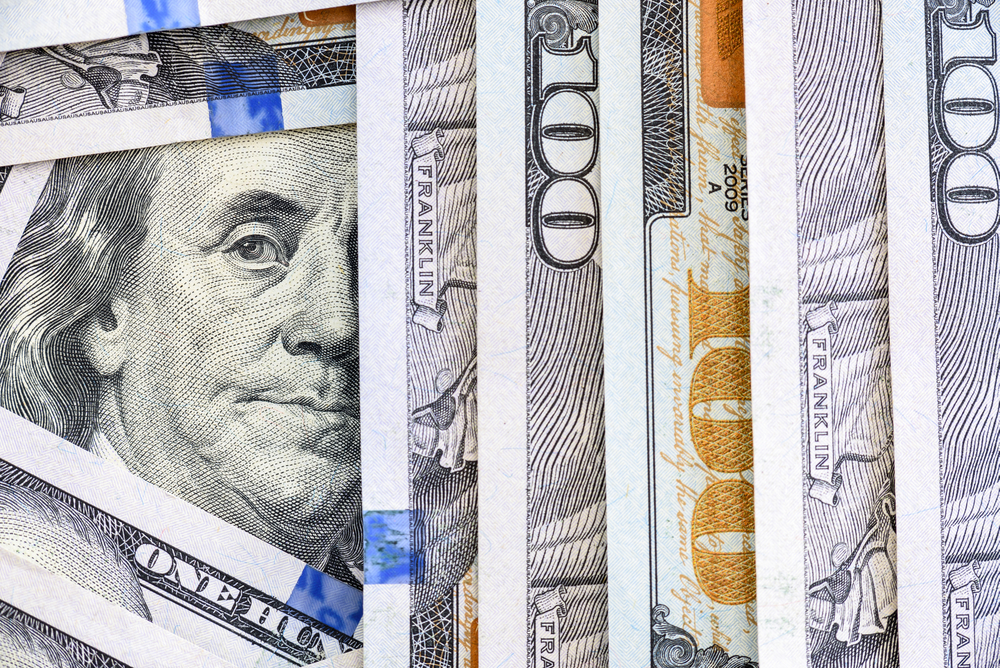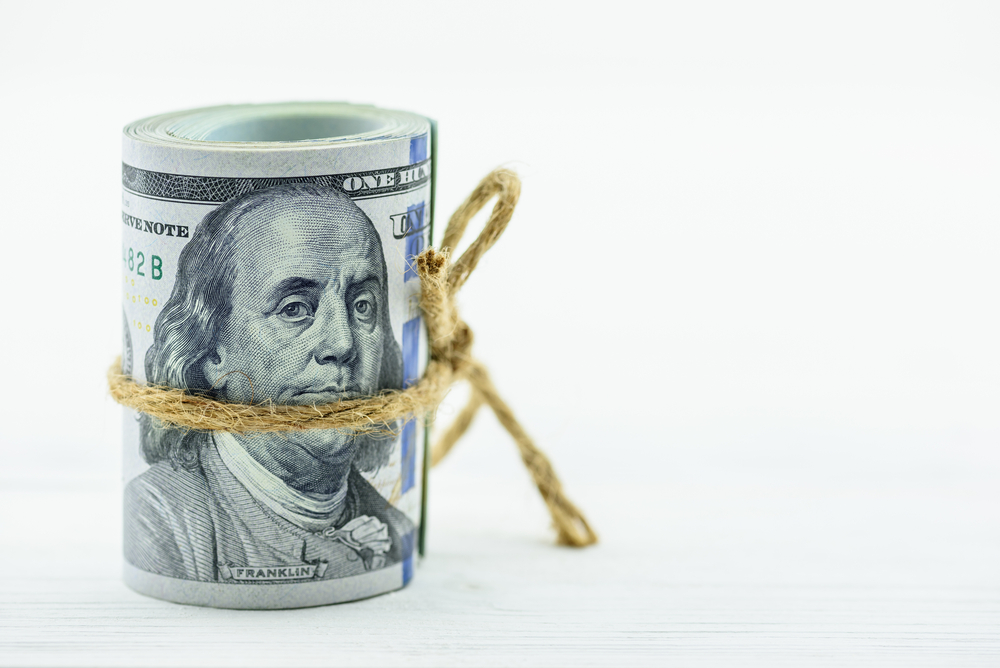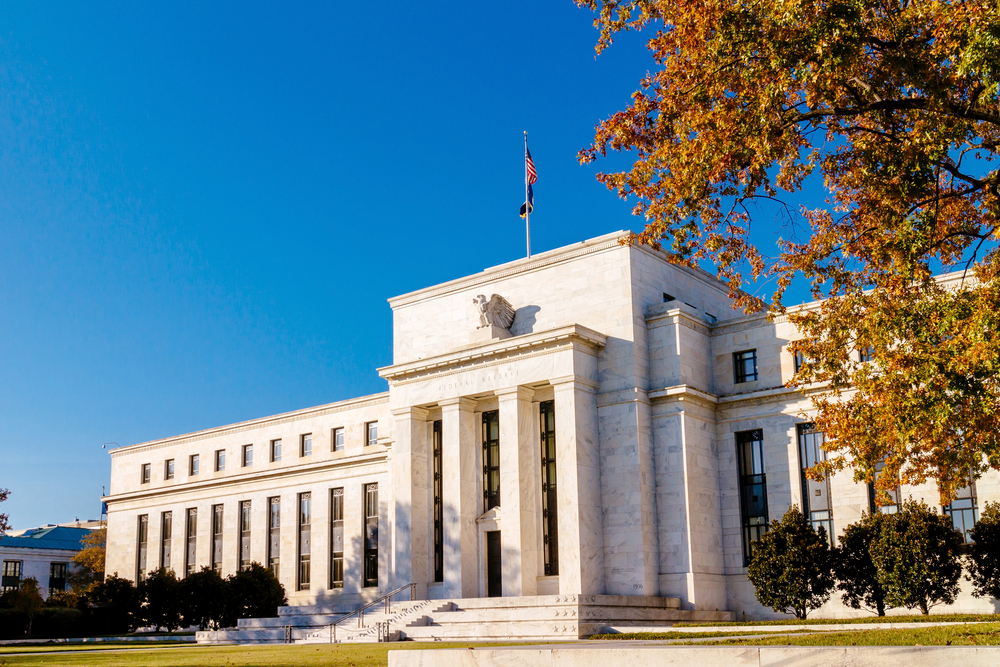Nonfarm Payrolls Likely to Rise
Fed Chairman Jerome Powell's statements that employment continues to recover, but is declining compared to the pre-pandemic period and that it is far from the targets, highlights non-farm payrolls data, which is an indicator of labor market performance, on the economic calendar.
In the labor force data released by the US Department of Labor for January, non-farm payrolls had increased by 49 thousand, relatively catching the market expectations of 50 thousand. The unemployment rate had been registered as 6.3 percent, below market expectations of 6.7 percent, and average hourly earnings had risen 0.2 percent, lower than expectations of 0.3 percent on monthly basis.
*Non-farm payrolls change, ADP private sector employment change, and the number of jobless claims are divided by 10,000 in the chart above. The left axis of the chart shows Non-farm payrolls and ADP data, and the right axis shows the number of jobless claims.
In February, the vaccination campaign against coronavirus was accelerated in the USA and 80 million people were vaccinated. The number of cases also reached the lowest levels since October and created a significant optimism among households, and especially businesses.
This optimism was also indicated by the data set released by the Institute for Supply Management. The activities in manufacturing and non-manufacturing (service, construction) sectors, which constitute the largest employment in the economy, also expanded. At this point, although there was a slight decline in the non-manufacturing sector, it is obvious that the growth continues with the employment numbers thanks to the manufacturing sector. In addition, a New York research organization, the Conference Board, data showed that consumer confidence continued to recover in the third month by 91.3 points. Also, the private sector employment increased by 117 thousand in January according to the data released by the ADP Research Institute.
On the other hand, it is almost certain that Democrats, who gained the upper hand in both the House of Representatives and the Congress in 2021, will utilize a financial incentive worth 1.9 trillion dollar to support economic activities affected by the coronavirus. In addition, the Fed's ultra-loose monetary policy against coronavirus is working as an important catalyst for economic activity recovery.
The end of the presidential election uncertainty, the Democrats' introduction of a wide-ranging incentive, especially the transfer method known as helicopter money, and the moderate increase in the labor demand of manufacturing and non-manufacturing sectors, and the Fed's continued support of households and businesses and the vaccination campaign that gained momentum will possibly lead to a moderate increase (150k) in the nonfarm payrolls, which will be in the data set which will be published today at 15:30 (GMT+2) by U.S. Department of Labor's Bureau of Labor Statistics. Also, we believe unemployment rate will continue to decline and will be recorded as 6.1 percent.





